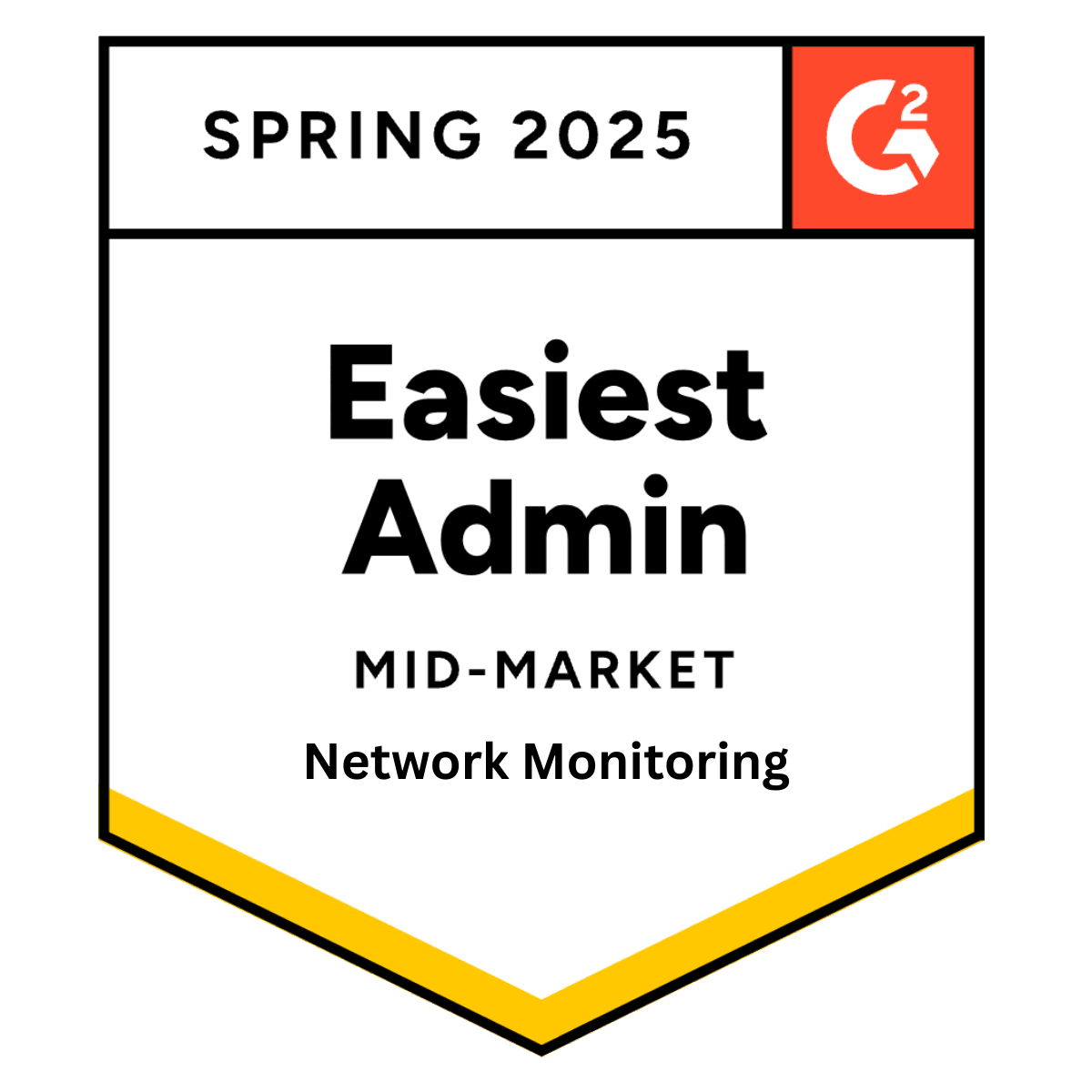
What Is a NOC?
Tuesday 12 July, 2022

NOC (Network Operations Center) is responsible for monitoring and managing the entire IT infrastructure 24/7. It manages servers, routers, firewalls, VPN gateways, switches and any devices used by an organization. The staff working at a NOC alerts the IT staff when it observes anything untoward or out of place with all this equipment. They perform routine maintenance tasks like updating software patches, rebooting systems and installing new firmware. Because the NOC personnel are constantly monitoring the infrastructure, they are also often well placed to raise alerts when issues arise due to a security breach.
How does a NOC work?
NOCs came into being to streamline the management of complex modern network operations. Large organizations found it more efficient to centralize their IT operations and monitor their network from one place. This helped them combat problems like network sprawl and maintain business continuity.
However, not all organizations can maintain a NOC internally — it is expensive, labor-intensive and doesn't directly contribute to the bottom line of many companies, especially of non-IT organizations. That's why NOC-as-a-Service gained prominence. Companies can now either manage their own NOC internally or outsource their NOC responsibilities to a company or an MSP that specializes in monitoring and managing network infrastructure.
A NOC monitors the IT infrastructure for issues 24/7 and manages responses to issues it identifies. Some NOCs may include response to certain (or all) issues as part of their agreed level of service while others may only monitor the infrastructure and pass issues on to the IT admins for resolution. When an issue cannot be resolved using standard procedures, it may be escalated and passed on to senior team members, the IT department or someone outside the team like a vendor or a customer if the solution involves them.
What is a NOC used for?
A NOC performs tasks that pertain to monitoring and maintaining computer and communication networks. Some of these tasks include:
- Installing, managing, troubleshooting and updating software
- Managing devices
- Backing up and recovering data
- Monitoring firewall and network security
- Managing patches
- Disaster recovery
- Responding to alerts and attacks
- Generating reports
The exact nature of the services delivered by a NOC — whether internal or external — depends on the SLA (Service Level Agreement) it has with its internal and external customers.
Benefits of having a NOC
There are several benefits of having an in-house NOC:
- IT infrastructure is comprehensively monitored 24/7
- Increases infrastructure management efficiency due to centralization
- Makes it easy to scale a business as networks are centrally managed
- Reduces downtime
- Makes incidence response more agile
- Network optimization occurs in real time
- Increases security since infrastructure is continuously monitored
- Reporting occurs at real time
The benefits of outsourcing a NOC or hiring NOC-as-a-Service include:
- IT infrastructure is comprehensively monitored 24/7
- The NOC can be customized per needs by altering the SLA
- Allows businesses or MSPs to easily scale up without adding staff
- Experts are often better at mitigating risks, which results in greater security
- Internal team(s) can focus on business priorities
- Reduces operation costs since it's often cheaper to outsource than hire an internal IT team
What is a NOC focused on and how is it different from a help desk?
Both a NOC and a help desk work to resolve issues. So, how are they different?
A NOC has a macro focus. It monitors the whole network while a help desk takes a micro view and exists to assist users with issues and problems. A NOC is proactive in responding to what it monitors while a helpdesk is reactive since it typically responds to issues raised by a user.
What are some best practices that NOCs follow?
- Continuously monitor systems
- Categorize issues to tackle them in a more efficient manner
- Respond to issues in a timely fashion
- Keep customers and external partners notified on issues and outages
- Perform periodic tests
- Support all dependent teams 24/7
- Continuously monitor and review performance
How to improve in-house NOCs?
Three definite ways to improve your in-house NOCs are:
Knowledge development and training
NOC duties call for a high level of expertise. It's important to train your personnel to handle common issues and the tools you use. Rigorous training on protocols, standard procedures, decision-making, etc., can improve the quality of your NOC. Helping your NOC staff keep up with the changing tech landscape is also good practice.
Defining roles and communicating clearly
It helps to demarcate and identify who is responsible for what. Presenting a clear picture of how escalation works and maintaining documentation will also help quickly resolve sticky or problematic issues.
Continuously monitoring and reviewing performance
Lastly, you can improve your NOC by tracking key performance metrics and optimizing procedures to improve specific areas of your infrastructure. You also need to make sure that you have enough staff coverage to monitor your whole infrastructure 24/7.
How to choose the right tools for your NOC?
Consider the following questions while choosing tools for your NOC:
- Does the tool provide a comprehensive view of your infrastructure?
- Does the tool automate repetitive tasks to free up time for high-priority issues?
- Can you easily track and manage issues?
- Does it allow you to define customizable alerts to warn you of potential and actual issues?
- Does it support automation so you can immediately and automatically resolve common issues?
- Can you report on issues in a detailed fashion (with graphical representations, etc.)?
- Is it easy to use or does it have a long learning curve?
- Can you scale up with the tool as your business grows?
The best tool for your NOC will offer a complete view of your infrastructure so you can quickly dive into issues and resolve them.
Knock your NOC out of the park
A NOC is useful when optimizing your IT services for your staff and customers. It can help you meet your SLAs (service level agreements), increase your business productivity, increase uptime, maintain business continuity and improve the user experience for your customers.
For many organizations and MSPs, setting up an internal NOC is cost-prohibitive if you have to hire staff. These parties could do with a little help from automation and monitoring tools or from outsourcing. These solutions help organizations and businesses grow without adding to their staff. They help protect customers 24/7 by continuously monitoring and maintaining IT infrastructures.
Share this post
Related Posts
Join the Ranks of Satisfied Customers and Experience the Pulseway Difference Today.








